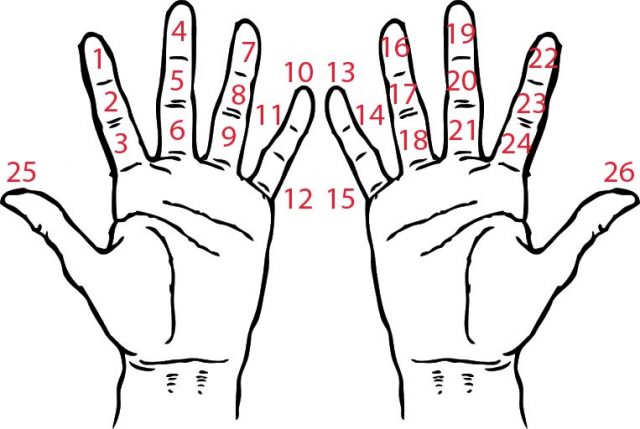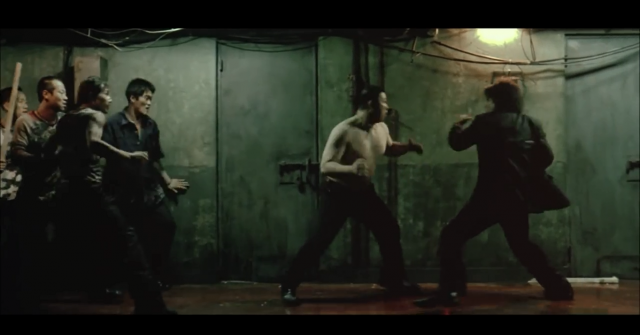Grillboard
A billboard on your teeth.
The Grillboard will be a set of customizable grillz that allow the wearer to interchange the caps of each tooth to create various statements and phrases. Using dental photogrammetry, a 3D model will be made of the mouth and will be used for the base grill. This grill will be all black. From that grill model, white caps will be made to be inserted over the black grill. On the facade of the caps will be a cut out letter; for each exposed tooth (~16) there will be 26 (A-Z) available letters to interchange.
Alternatively or in addition, multiple grillz will be made to create a scrolling text stop motion animation.
https://www.dazeddigital.com/beauty/head/article/42357/1/grills-maker-juanita-grillz
Slime Language
A speaking system using a cross of the English alphabet, sign language, a Ouija board, tattoos, and gang signs.
Slime Language is a system that uses the phalanx sections of the fingers (proximal, middle, and distal) to plot the English alphabet on the hand. By pivoting and pointing with the thumb, words and sentences can be formed to create silent and performative communication between individuals. The placement of the letters is determined by its frequency in the language and accessibility on the hand.

https://www.rypeapp.com/most-common-english-words/
https://www3.nd.edu/~busiforc/handouts/cryptography/letterfrequencies.html
https://www.britannica.com/topic/code-switching



